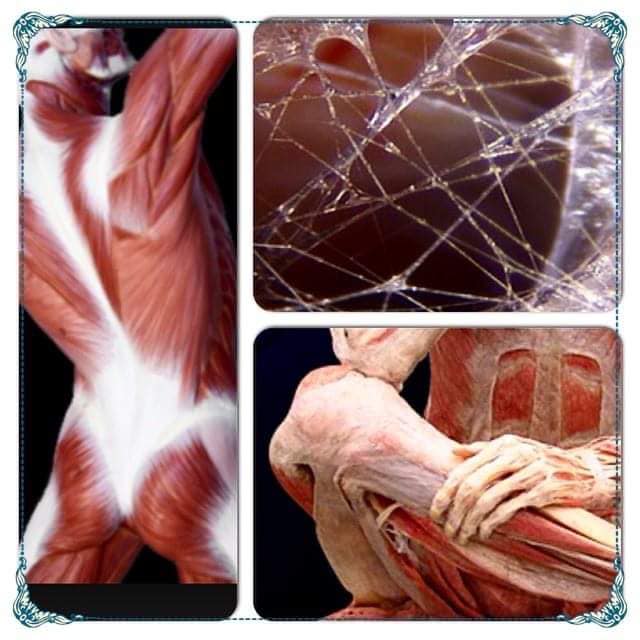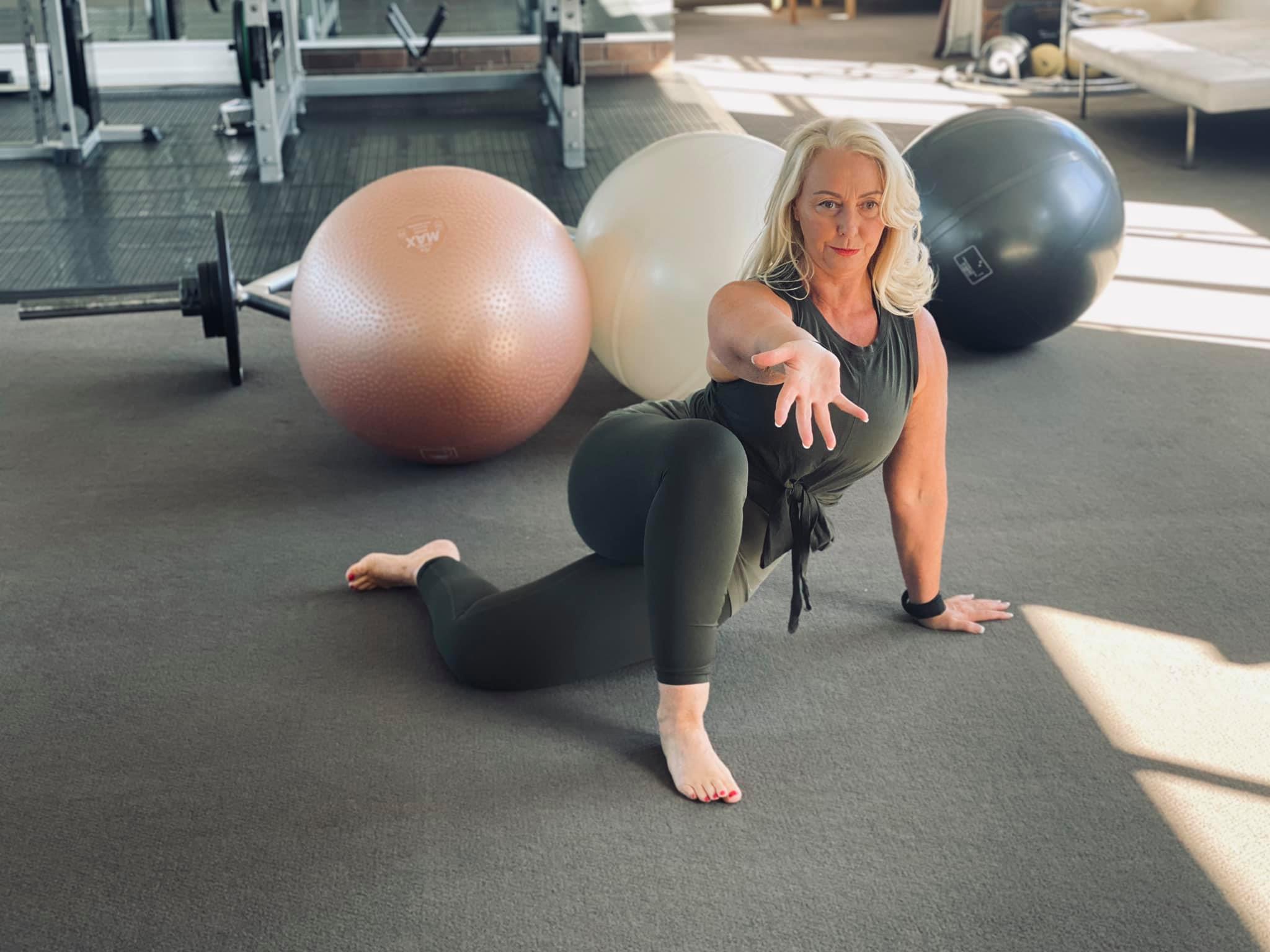Myofascial Stretching Experts
Let us help you achieve Your optimal Flexibility Goals
The benefits of myofascial stretching for your body
Many of us know we should stretch to help our bodies in life and sport. However there’s actually more to stretching than most people realise. Done correctly, stretching has benefits that can be transformative for how your body moves and feels. And this isn’t just a quick add-on to a workout, stretching properly is a beneficial workout in itself.
At Posturefit, we’re focused on a technique called myofascial stretching – the definition of which lies in the name. It involves both the myo (muscle) and the fascia that surrounds it.

Fascia is essentially tough sheets of connective fibre that weave through every muscle, nerve and organ. Basically, it’s what holds our body together, enabling us to stand, support ourselves and move, as well as nourishing our body. It’s a continuous supporting network, both separating and connecting our body simultaneously.
Ideally, when we are hydrated and in good condition, fascia is soft and flexible, sending important messages to our muscles. However fascia thickens and hardens when there is chronic tension. Injury, over-use, surgery and poor posture can mean that fascia instead feels restricted, reducing its ability to send those signals, weakening muscles, restricting movement and causing pain. You can imagine therefore that if fascia is tight and restricted, it pulls joints out of position, impacts nerves and causes dysfunction, and makes us feel older than we should – which is what makes myofascial stretching so important. It’s not about just stretching a muscle (ormuscle group) but about creating greater ease and movement in all tissue in relation to each other.
What is myofascial stretching exactly?
Myofascial stretches put tension into the fascia that encase your muscles. It uses precise postures and coordinated movements to target fascia around your muscles and joints.
Consider that fascia is in fact one single entity; it is completely continuous upon itself. That means to stretch a muscle, we need to consider it as a link in a chain, rather than as an isolated area of the body. Myofascial stretching respects this global organisation of tissue, with postures that create tension for the whole fascial chain in order to correct a muscle link as part of that chain. This is tensegrity, tension and integrity.
These positions are technical and specific, and need to be taught from a trained professional in order to be effective. However, once learnt, they are simple to perform at home, at the gym, outdoors or as part of your regular training routine, and they will serve you for life.


